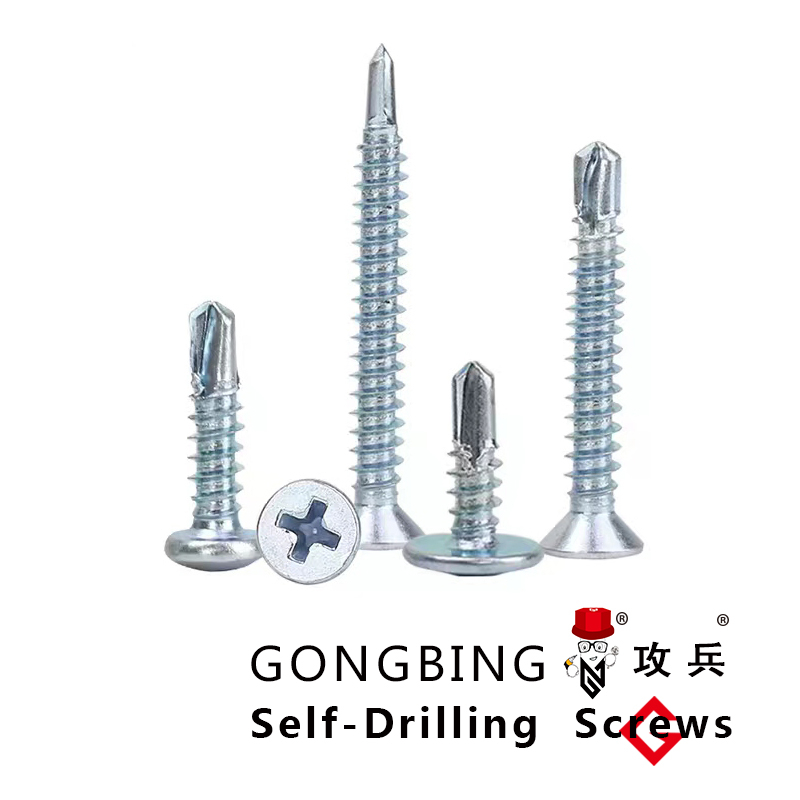Understanding the Importance and Installation of Foundation Bolts in Construction Projects
Understanding Foundation Bolts Importance, Types, and Installation Practices
Foundation bolts play a critical role in the integrity and stability of structures. These essential components are designed to anchor structural elements to their foundations, ensuring that the framework remains secure against various forces, including wind, earthquakes, and other dynamic loads. In this article, we will explore the importance of foundation bolts, the different types available, and best practices for their installation.
Importance of Foundation Bolts
Foundation bolts provide a secure attachment between the foundation of a building and its structural framework, such as walls and columns. This connection is vital for maintaining the stability of structures, particularly in regions prone to extreme weather conditions or seismic activity. Without properly installed foundation bolts, a building may suffer structural damage, leading to costly repairs, safety hazards, or, in extreme cases, collapse.
One of the primary functions of foundation bolts is to resist uplift forces. In high winds or earthquake conditions, these forces can cause significant movement. Foundation bolts help counteract these forces, keeping the structure grounded. They also support vertical loads coming from the building above, distributing weight evenly across the foundation.
Types of Foundation Bolts
There are several types of foundation bolts, each suited for specific applications
1. Anchor Bolts These are the most common type of foundation bolts. They are typically embedded in concrete and are used to secure structural elements like columns and walls to a foundation slab. Anchor bolts come in various lengths and diameters, allowing for versatility in different construction scenarios.
2. J-Bolts Named for their J-shaped design, these bolts are often used to secure utility poles and heavier structures. One end of the bolt is embedded in concrete, while the other extends upward to attach to the structure.
3. L-Bolts Similar to J-bolts, L-bolts have an L-shaped configuration that allows for simple anchoring in concrete. They are commonly used in applications where horizontal restraint is necessary, such as securing heavy machinery or equipment.
4. Shear Connectors These bolts are used to connect steel beams to concrete, enhancing the composite action between the two materials. Shear connectors help improve load transfer and structural integrity.
foundation bolts

5. Expansion Bolts Designed for use in masonry or concrete, expansion bolts provide a secure connection by expanding upon installation. These are particularly useful in applications where the bolt must be removable without damaging the surrounding material.
Installation Practices
Proper installation of foundation bolts is crucial to their effectiveness. Key practices include
1. Planning and Design Before installation, careful planning is necessary. Engineers must assess load requirements and choose the appropriate type and size of foundation bolts. Structural drawings should clearly indicate where and how bolts will be installed.
2. Alignment and Positioning During installation, bolts must be accurately positioned to ensure they function as intended. Misalignment can lead to uneven loads and potential failure. Utilizing templates can help maintain proper spacing and alignment.
3. Embedment Depth The depth and orientation of foundation bolts within the concrete must be carefully measured and executed. This ensures that the bolts have sufficient anchoring strength to resist pull-out and shear forces.
4. Quality Control Using high-quality materials and adhering to relevant standards is essential. Foundation bolts should be made from corrosion-resistant materials, especially in regions with harsh environmental conditions.
5. Inspection After installation, foundation bolts should be inspected to verify that they are correctly placed and anchored. Regular maintenance check-ups can help identify any potential issues before they develop into major problems.
Conclusion
Foundation bolts are indispensable components of modern construction, providing stability and integrity to buildings and structures. Understanding the different types of foundation bolts and following best installation practices can significantly enhance the safety and longevity of any construction project. By prioritizing these elements, builders and engineers can ensure that their structures withstand the tests of time and nature.
-
Wedge Anchor Bolts: Secure Fastening SolutionsLitabaAug.05,2025
-
Insulation Fixings: Secure and Durable SolutionsLitabaAug.05,2025
-
Full Threaded Studs: Versatile Fastening SolutionsLitabaAug.05,2025
-
Expanding Fasteners: Secure and Reliable SolutionsLitabaAug.05,2025
-
Butterfly Toggle Anchors: Secure and Easy to UseLitabaAug.05,2025
-
Bracing Solutions for Steel StructuresLitabaAug.05,2025
